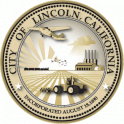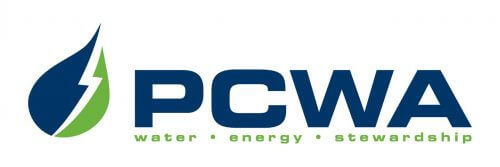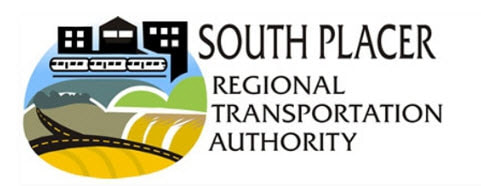Why the Placer County Conservation Program?
Placer County has a wealth of natural resources and open space areas that make the county a desirable place to live, work and visit. Most public and private development projects and corresponding mitigation to compensate for loss of wetlands -- such as providing land or implementing restoration activities -- require permits from state and federal agencies. Currently, these permits are handled on a case-by-case basis, making it difficult for public agencies and private landowners to anticipate costs, and schedule projects and mitigation activities with any level of certainty. That uncertainty often results in long project timelines, higher costs and piecemeal, uncoordinated mitigation. The Placer County Conservation Program (PCCP) is designed to ensure that land will be strategically and effectively managed to support the survival and well-being of covered species, as well as hundreds of other species that are dependent on the same habitat.
Key PCCP Benefits
|
Continued growth expected for Placer CountyStrong countywide growth is expected to continue and the population of western Placer County is expected to roughly double by 2065, based on a scenario derived from city and County General Plans, regional demographic projections, and an analysis of existing developed and open land. In 2014 there were 109,000 residents, 40,000 households and 33,000 jobs in Lincoln and unincorporated western Placer County. The 50-year growth scenario shows an increase of 93,000 housing units and 91,000 jobs on roughly 30,000 acres of land. The PCCP minimizes and mitigates the impacts of that growth on covered natural communities and covered species.
|
PCCP Video
|
|




